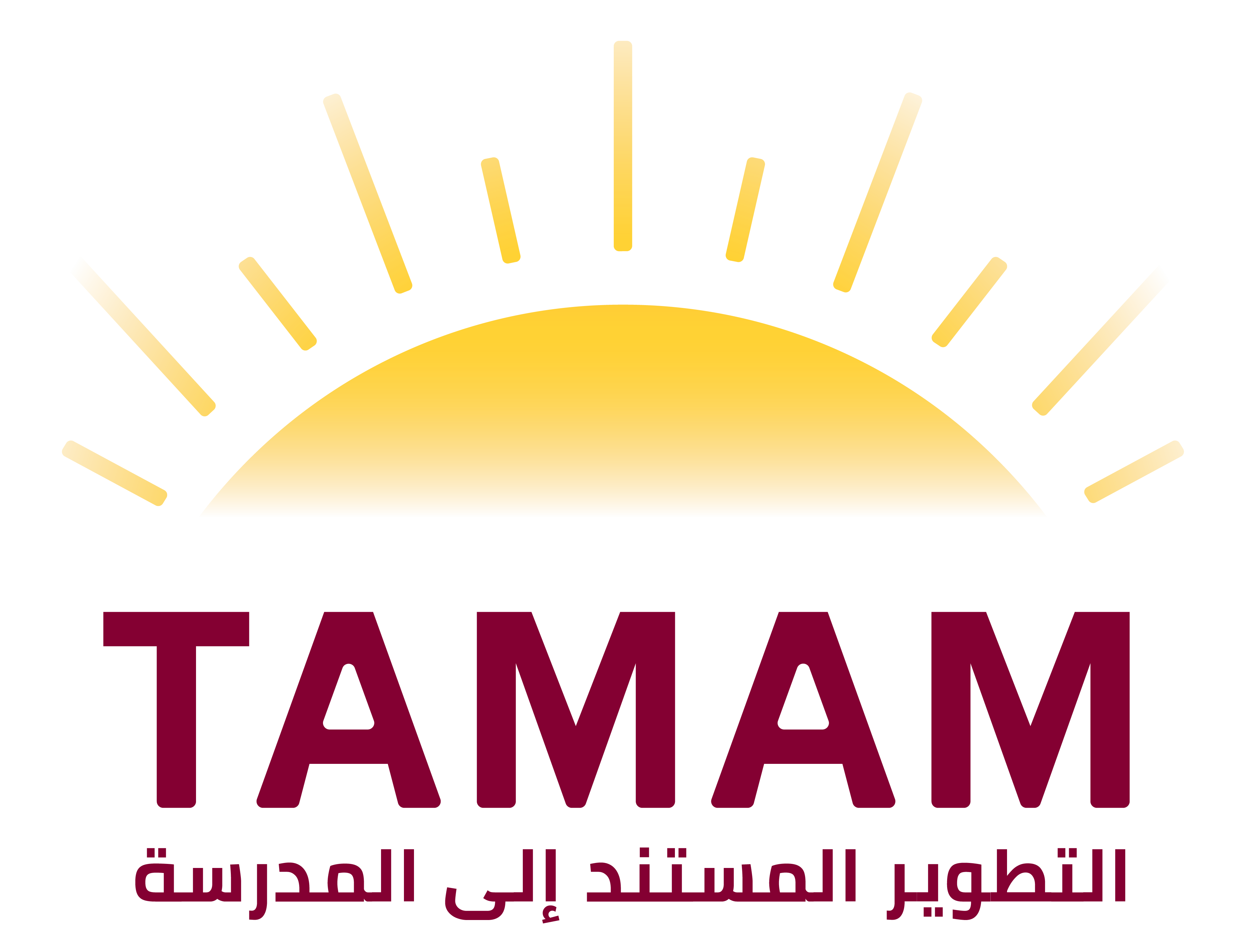Education systems in the world are vast organizations that are very complex to manage. They emerge over time and their formation and maintenance reflect differing historical traditions, cultural values and religious interests as well as divergent views about the role of the state in shaping the life-chances of its future citizens (Hoffman, Hoffman, Gray, & Daly, 2004.). The quest for higher performance through educational reform has been a worldwide phenomenon, especially over the last decade, and accordingly, the world witnessed a trend towards restructuring education systems. Most countries experienced a change in relationships between different levels of the system, or changes in the role of the state, or changed methods and models of managing the education system (Wallin, 1995). This paper outlined the major factors that have dominated the education reform Movement in the last two decades in the Arab region. It further provided a conceptual framework for quality education, and presented different models emanating from this conceptual framework. Additionally, it elaborated on the indicators, their uses and types, and described some of indicator sets used for measuring education quality at system level. The paper concluded by highlighting the development of an indicators system, which is updated regularly, is essential for that purpose. Indicators are simple to implement, not very costly, and only political decision is needed to maximize the benefits of their use.
View full report below
Education System Quality Indicators – Dr. Karma El Hasan– 2008